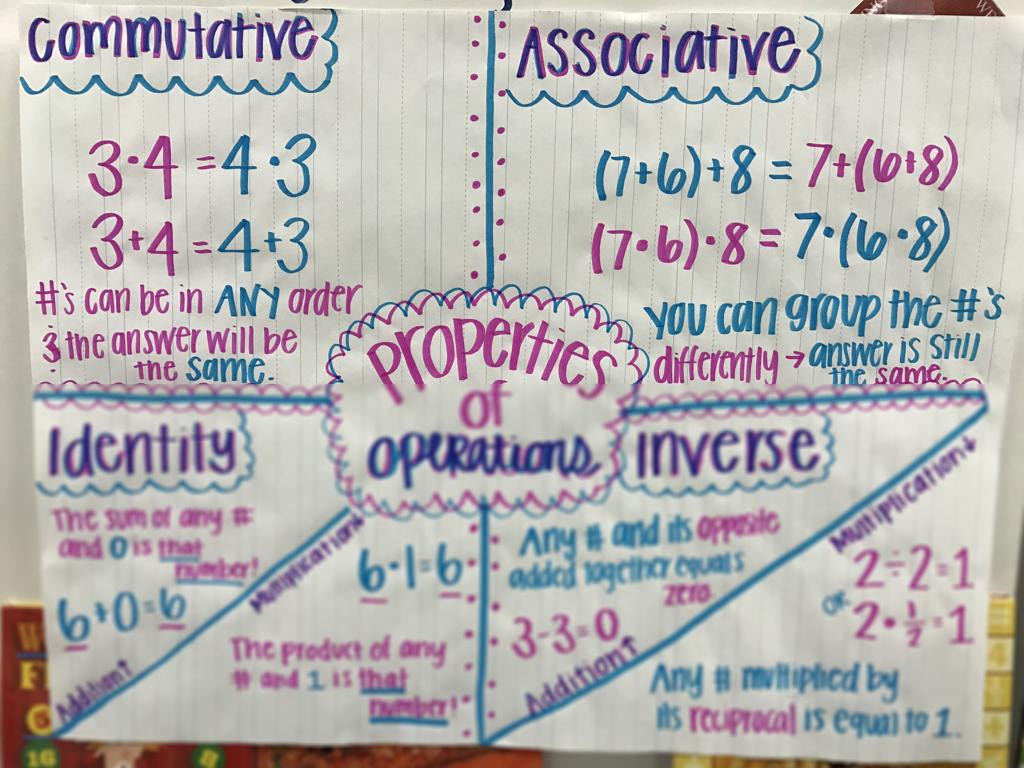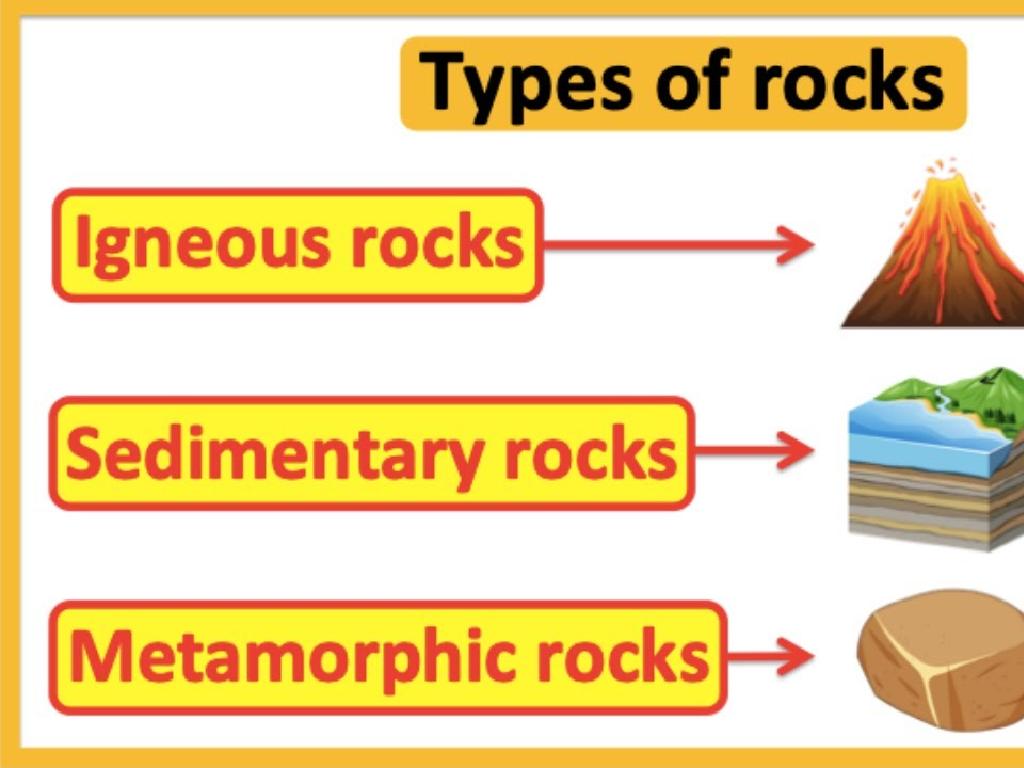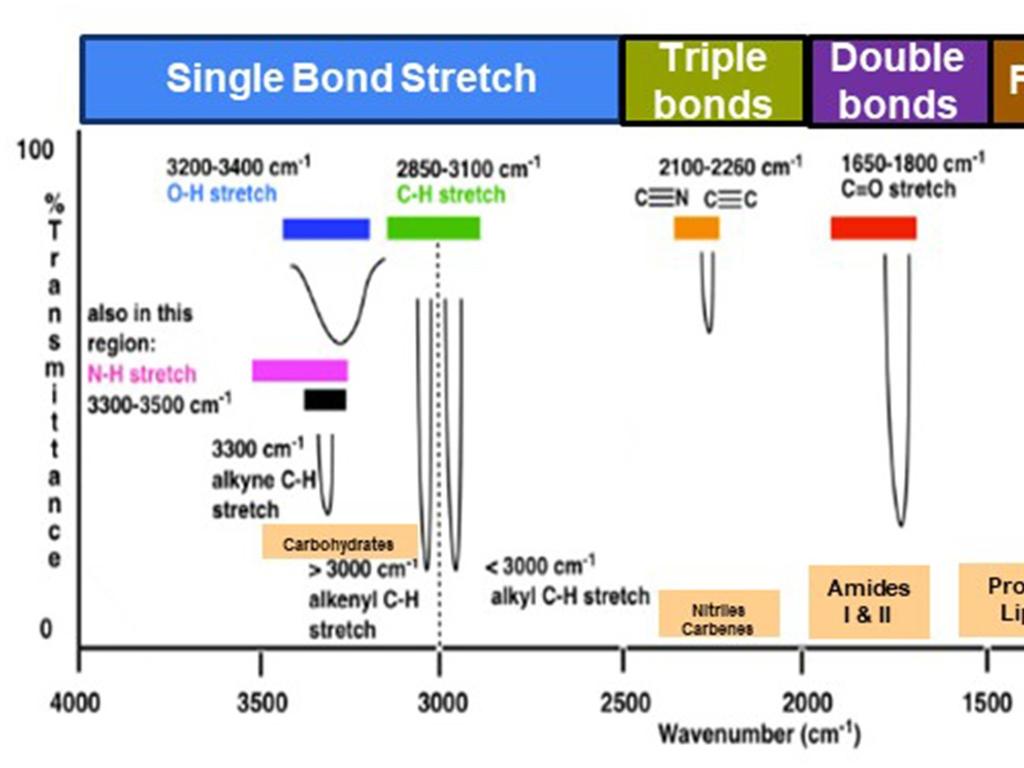Name Countries Of Northern And Central America
Subject: Social studies
Grade: Sixth grade
Topic: The Americas: Geography
Please LOG IN to download the presentation. Access is available to registered users only.
View More Content
Exploring Northern and Central America
– Geography of The Americas
– The Americas consist of diverse landscapes and climates.
– Division: North, Central, South
– Three main regions with unique cultural and geographical features.
– Focus: Northern & Central countries
– Learn the names and locations of each country.
– Map recognition skills
– Use maps to identify and memorize country locations.
|
This slide introduces students to the geography of The Americas, emphasizing the division into North, Central, and South America. It sets the stage for today’s lesson, which will focus on the countries of Northern and Central America. Students will explore the various countries within these regions, understand their geographical location, and begin to develop map recognition skills. Encourage students to think about the diversity of landscapes and cultures found across these regions. As an activity, students can label a blank map with the countries discussed to reinforce their learning.
Exploring Northern America
– Countries in Northern America
– Canada, United States, Mexico
– Spotlight on Canada, US, Mexico
– Largest to smallest: Canada, US, Mexico
– Geographical features overview
– Mountains, lakes, rivers, and forests
– Discuss countries’ landscapes
– Compare terrains and climates
|
This slide aims to introduce students to the countries of Northern America, focusing on Canada, the United States, and Mexico. Start by identifying each country on a map. Discuss the vast size of Canada, the cultural and economic influence of the United States, and the rich history of Mexico. Highlight major geographical features such as the Rocky Mountains, Great Lakes, Mississippi River, and the diverse forests across these nations. Encourage students to think about how these features shape the climate, economy, and lifestyle in each country. Prepare to have students engage in a discussion about the similarities and differences in the landscapes of these neighboring countries.
Central America: A Closer Look
– Understanding Central America
– A region connecting North and South America
– Countries of Central America
– Belize, Costa Rica, El Salvador, Guatemala, Honduras, Nicaragua, Panama
– Geographical uniqueness
– Features like volcanoes, rainforests, and beaches
– Exploring diverse landscapes
|
This slide aims to introduce students to Central America, its location, and its countries. Central America is a narrow isthmus that connects North and South America, with unique geographical features that influence the climate and culture of the region. The countries listed are the seven that make up the region. Discuss the diverse landscapes, such as the volcanic activity in Nicaragua, the rainforests in Costa Rica, and the beautiful beaches in Belize. Encourage students to explore these features and consider how geography impacts the lives of the people living there. This will set the stage for further discussions on the culture, history, and biodiversity of Central America.
Cultural Highlights of Northern & Central America
– Diversity in culture
– A melting pot of indigenous, European, African, and Asian influences.
– Languages and festivals
– Spanish, English, French, and various indigenous languages are spoken. Celebrations like Dia de los Muertos and Independence Day.
– Traditions of the regions
– Traditions include music like mariachi, foods like tacos, and sports like baseball.
– Geography’s impact on culture
– Mountain ranges, coastlines, and climate shape the way people live, celebrate, and interact.
|
This slide aims to give students a glimpse into the rich cultural tapestry of Northern and Central America. Highlight the region’s cultural diversity, influenced by various ethnic groups and historical events. Discuss the variety of languages spoken across these regions and introduce students to key festivals and traditions that are celebrated. Explain how the geography of these areas, from the highlands of Guatemala to the plains of the United States, influences the cultural practices of the inhabitants. Encourage students to think about how their local geography affects their daily lives and culture. This will help them connect with the material on a personal level and understand the diversity of the Americas.
Economic Overview of Northern & Central America
– Main economic activities
– Agriculture, tourism, manufacturing
– Geography’s impact on economy
– Climate & terrain influence economic choices
– Location affects trade
– Proximity to oceans enables active trade
– Industry examples
– Panama Canal’s role in global shipping
|
This slide aims to provide students with an understanding of the diverse economies in Northern and Central America and how geography plays a crucial role in shaping them. Emphasize the variety of economic activities such as agriculture in the fertile plains, tourism in areas with natural beauty, and manufacturing in urban centers. Highlight how the physical features like climate and terrain influence the economic activities that a region can support. Discuss how being close to the Atlantic and Pacific Oceans facilitates trade for these countries, using the Panama Canal as a key example of how a geographic feature can have a significant impact on global trade. Encourage students to think about how the geography of their own region affects its economy.
Environmental Concerns in Northern & Central America
– Challenges faced by countries
– Deforestation, pollution, and climate change are major issues.
– Human impact on geography
– Urbanization and deforestation alter landscapes and ecosystems.
– Efforts to preserve environment
– Conservation programs and sustainable practices are in place.
– Importance of environmental education
– Teaching the next generation about sustainability is crucial.
|
This slide aims to raise awareness among students about the environmental issues that Northern and Central American countries are facing. Highlight the significance of understanding how human activities like urbanization, industrialization, and agriculture have led to deforestation, pollution, and climate change, altering the natural geography. Discuss the various efforts made by these countries to combat environmental degradation, such as establishing national parks, conservation programs, and promoting sustainable practices. Emphasize the role of education in fostering a sense of responsibility towards the environment and the importance of being informed and proactive in environmental preservation efforts.
Class Activity: Mapping The Americas
– Engage in map labeling activity
– Label Northern & Central American countries
– Discuss geographical literacy significance
– Understanding geography helps us comprehend global relationships and issues.
– Share and reflect on the activity
– Reflect on what was learned and how it applies to understanding world geography.
|
This interactive class activity is designed to help students learn about the geography of The Americas, specifically Northern and Central America. Provide each student with a blank map and a list of countries to label. This hands-on experience reinforces their knowledge of country locations and borders. After the labeling, lead a discussion on why geographical literacy is important – it helps with global awareness and understanding cultural and environmental aspects of different regions. Conclude the activity by having students share their maps and what they found interesting or challenging. Encourage them to reflect on the importance of geography in their daily lives and current events.
Conclusion: Mapping Our Journey
– Recap of Northern & Central America
– Reviewed countries and capitals
– Geography’s role in our world
– Geography shapes cultures and economies
– Significance of learning geography
– Helps us appreciate diversity and global connections
– Next stop: South America
|
As we wrap up today’s lesson, it’s important to review the countries and capitals of Northern and Central America that we’ve learned. Emphasize how geography influences cultural identities, economies, and global relationships. Understanding geography allows us to appreciate the diversity of our world and the interconnectedness of different regions. Prepare the students for the next lesson by giving them a brief preview of South America, encouraging them to think about how it might compare and contrast with what they’ve learned today.






